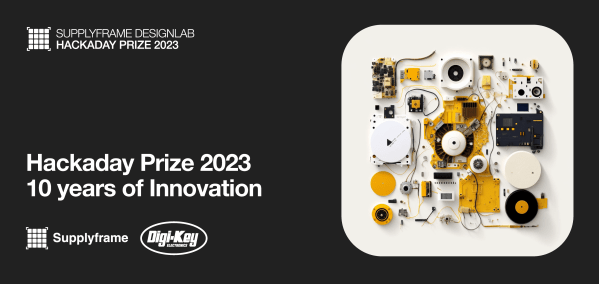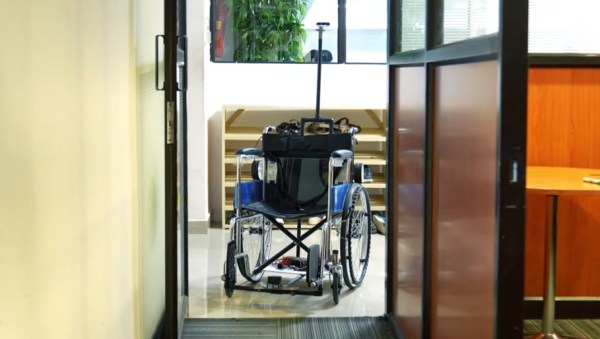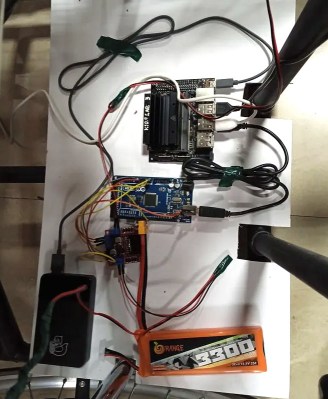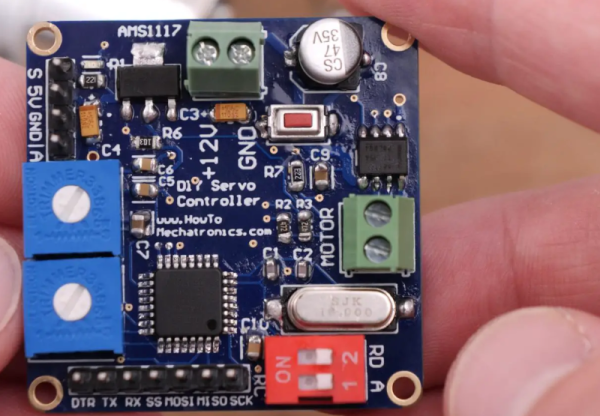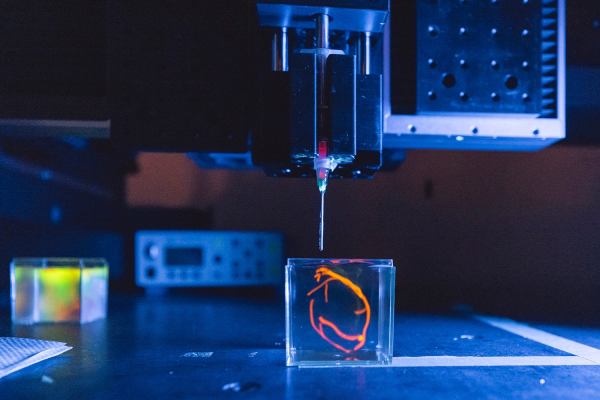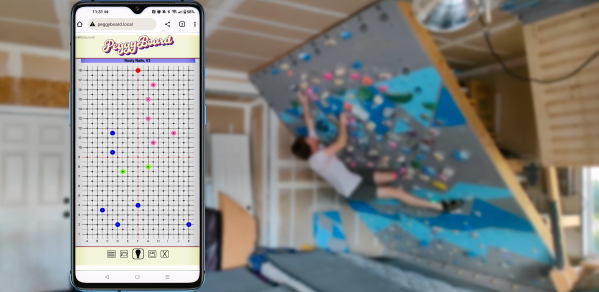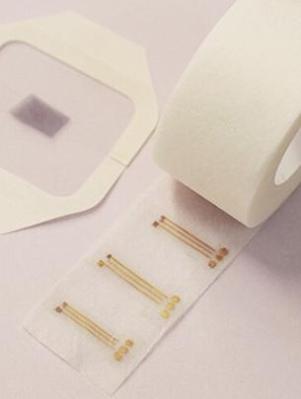We’re in the endgame now — there’s just about a month to go before the final results are announced for the 2023 Hackaday Prize, which means all of our finalists are in a mad rush to put the finishing touches on their respective projects. Today, ten more hackers are about to feel the heat as we announce our final group of finalists from the Save the World Wildcard round.
As finalists, each of these projects has been awarded $500 to help further their development. But perhaps more importantly, they are now officially in the running for one of the final six awards, which includes the Grand Prize of $50,000 and a residency at the Supplyframe DesignLab.
Continue reading “Hackaday Prize 2023: The Wildcard Finalists Are Here”

